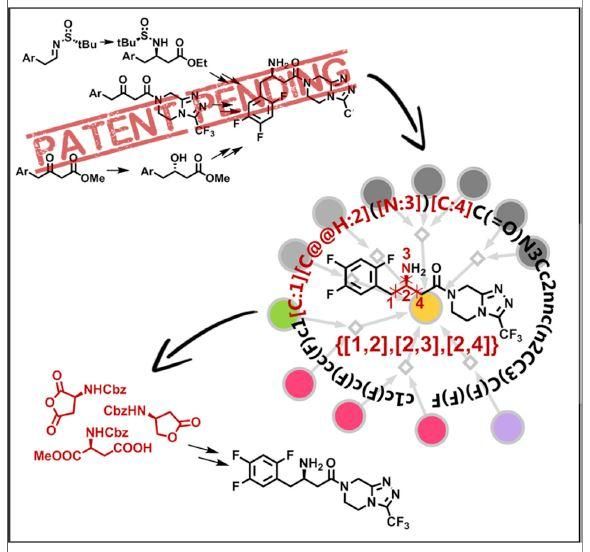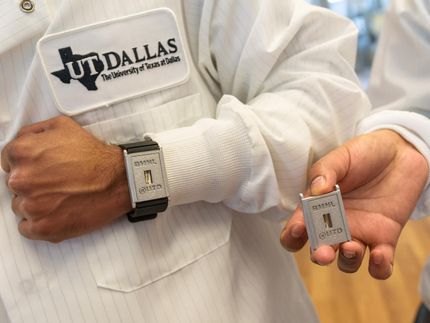New sensors could enable more affordable detection of pollution and diseases
When it comes to testing for cancer, environmental pollution and food contaminants, traditional sensors can help. The challenges are that they often are bulky, expensive, non-intuitive and complicated. Now, one team reports in ACS Sensors that portable pressure-based detectors coupled with smartphone software could provide a simpler, more affordable alternative while still maintaining sensitivity.
Current disease and contamination sensors require expensive readout equipment or trained personnel. Yuehe Lin, Yong Tang and colleagues propose a new detection system based on pressure changes. For example, when a disease biomarker is present, it causes a chain reaction in the device that results in oxygen being released and pressure building. The pressure changes are measured by a portable barometer, and smartphone software provides an easy readout of the results.
To show the versatility of the pressure sensor, the team tested a variety of applications. Prototypes could detect carcinoembryonic antigen, a protein present in high levels in patients with colon or rectal cancer; ractopamine, which is an animal-feed additive banned in many countries; and thrombin, a cardiovascular disease marker. In addition, a mercury-ion sensor was developed for environmental pollution monitoring. The researchers say that because the results are immediately available with a smartphone, the method could enable real-time monitoring of environmental pollution, disease outbreaks and food safety.
Original publication
Other news from the department science
These products might interest you

Hose pressure transducer by HiTec Zang
Contactless pressure measurement for sterile applications
Easy-to-install tubing pressure sensors for diameters from 4.8-19.1 mm

FireSting-PRO by PyroScience
New fiber optic measuring device: Precise measurements even in the smallest volumes
Measure pH, oxygen and temperature even under sterile conditions

Get the life science industry in your inbox
By submitting this form you agree that LUMITOS AG will send you the newsletter(s) selected above by email. Your data will not be passed on to third parties. Your data will be stored and processed in accordance with our data protection regulations. LUMITOS may contact you by email for the purpose of advertising or market and opinion surveys. You can revoke your consent at any time without giving reasons to LUMITOS AG, Ernst-Augustin-Str. 2, 12489 Berlin, Germany or by e-mail at revoke@lumitos.com with effect for the future. In addition, each email contains a link to unsubscribe from the corresponding newsletter.
Most read news
More news from our other portals
See the theme worlds for related content
Last viewed contents
Chromatography
Elaterium
Brachycephaly
Annular_pancreas
Astrocyte
Photoreceptor_cell
Excitotoxicity






















































